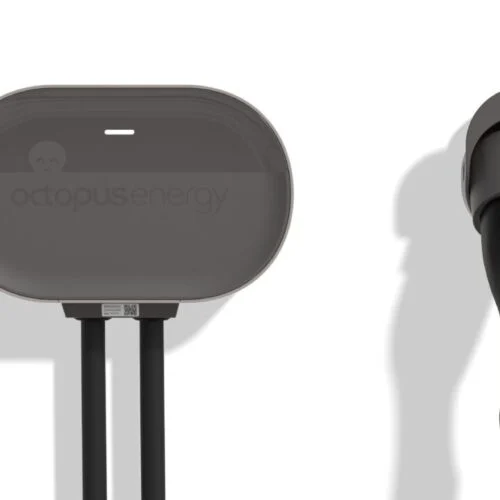ESO, National Grid’s energy system operator arm, has completed the first phase of its summer consumer trials with 31 electricity demand shifting events held between May and July.
The CrowdFlex project, which kicked off in 2021, incentivises consumers to use their electricity flexibly through usage adjustments or offering assets, such as electric vehicles (EVs), to the grid, which takes automated control of when these assets are charged.
CrowdFlex trials tested different recruitment messages and incentive levels to investigate behavioural and technical influences on how consumers can contribute to balancing the national electricity system in the future.
OVO recruited approximately 37,000 customers to conduct utilisation payments trials, investigating customer demand response in a series of turn-up, turn-down and mixed response events.
Meanwhile, Ohme EV’s availability payments trials explored the extent to which consumers with electric vehicles changed their plug-in behaviour using a variety of incentive levels and their willingness to allow remote dispatch of their EV charger.
Early indications suggest that low payment levels, the timing of events and the notice period of events can all influence the flexibility response from consumers. CrowdFlex is also exploring how the national electricity system can coordinate with the distribution networks to help manage thermal constraints.
Customer surveys of those who took part are currently underway, as well as plans for the next phase of CrowdFlex, the winter trials, consisting of 200 events with larger cohorts of customers.
ESO CrowdFlex project lead, Sanna Atherton, commented: “It’s exciting to see the first signs of the potential for domestic flexibility to help reliably manage the grid.
“CrowdFlex is developing this deeper understanding of consumer flexibility and forecasting and will start to establish domestic flexibility as a predictable resource for the control room, also helping consumers reduce their energy costs and another step towards decarbonisation of the energy system.”
The future of flexibility
ESO’s pathways to net zero, as set out in its future energy scenarios (FES) 2024, all call for high levels of consumer flexibility to achieve net zero targets.
Current± recently heard from Jonty Haynes, principal analyst at non-profit energy organisation Regen, who said: “It is a bit of a weird one because with a lot of these demand flexibility services, inevitably people use them more if energy prices are high, which is not a world we want to be in; we do not want people doing things for demand flexibility because it is too expensive for them not to do it.
“It needs to be something that benefits consumers and the energy system and it probably needs to be something that is not people manually turning off their washing machine.”
Still, with Ofgem’s October-December energy price cap set at £1,717, an increase of 10%, compared to the previous quarter, for a typical UK household, energy costs might be incentive enough for demand side flexibility to take off.






